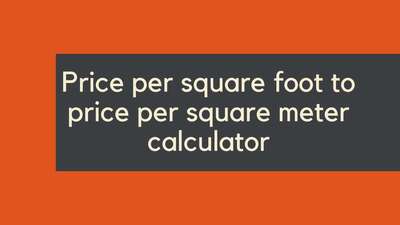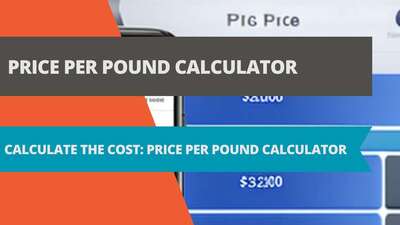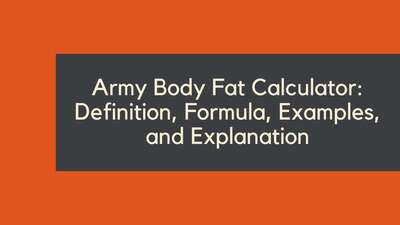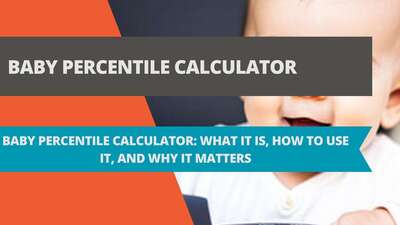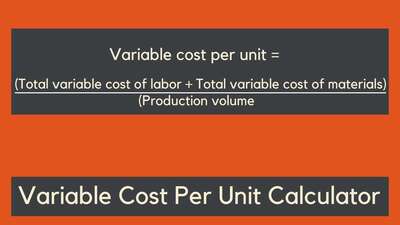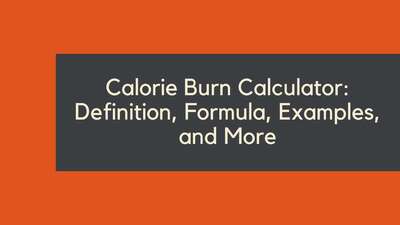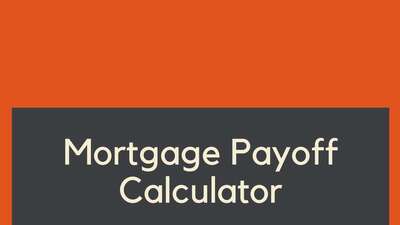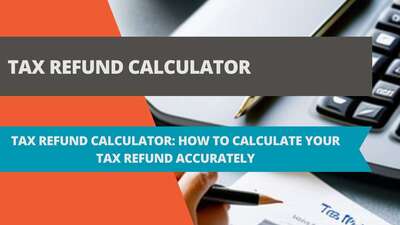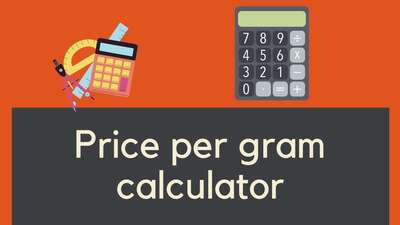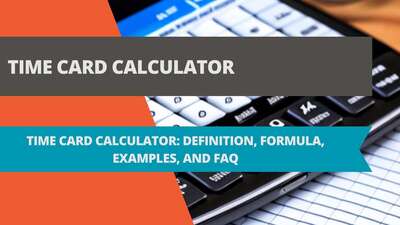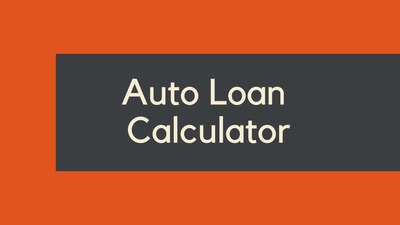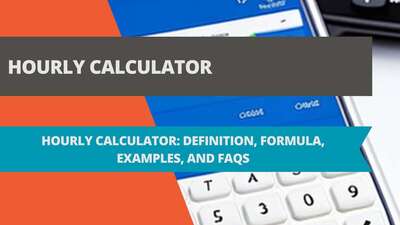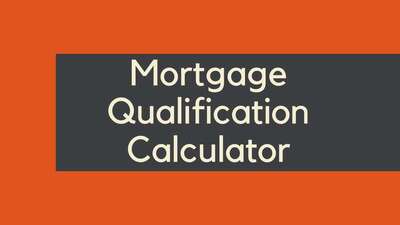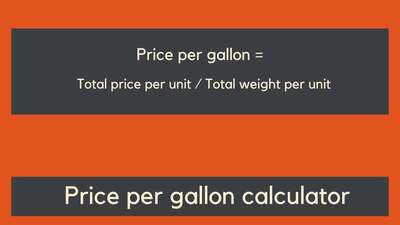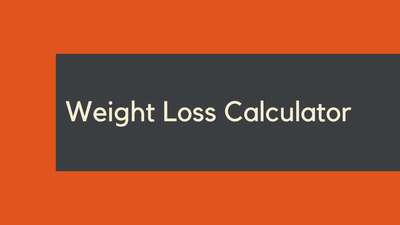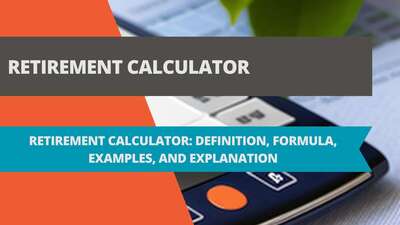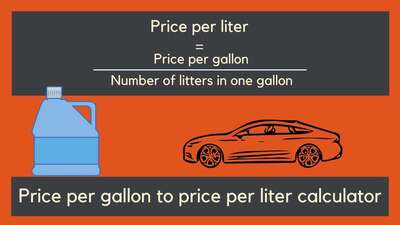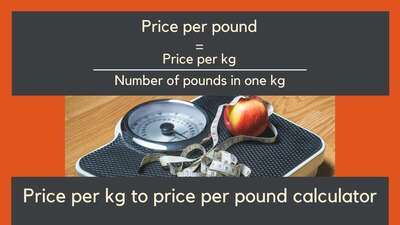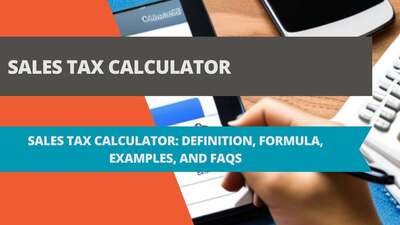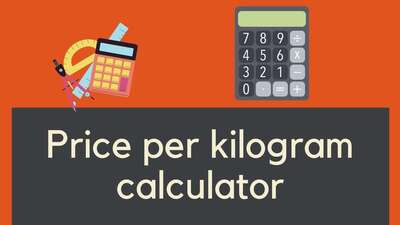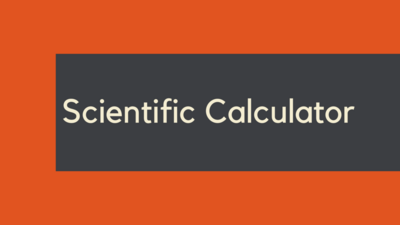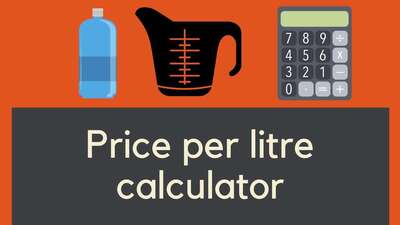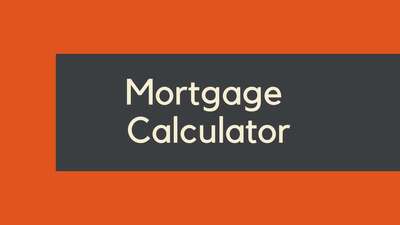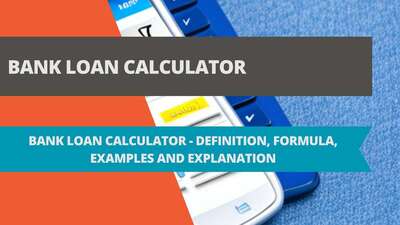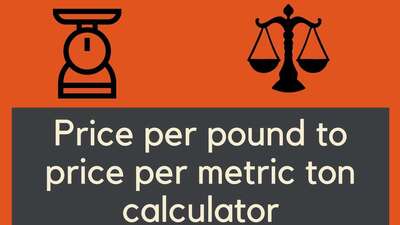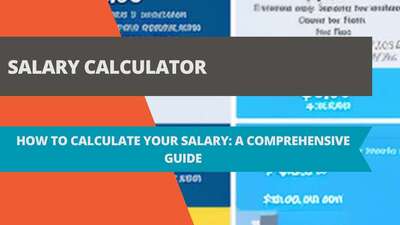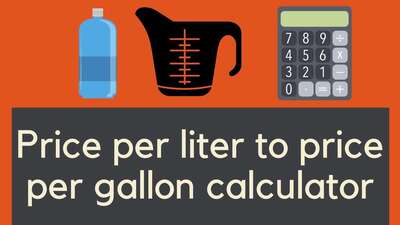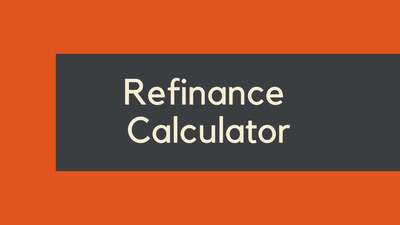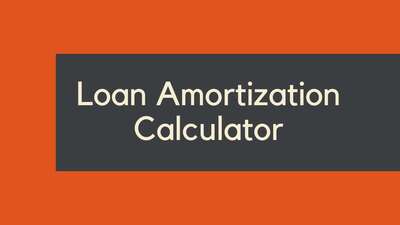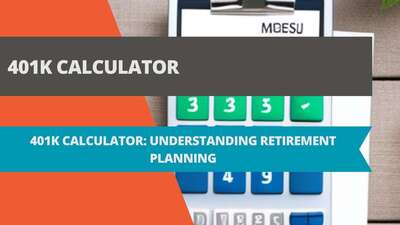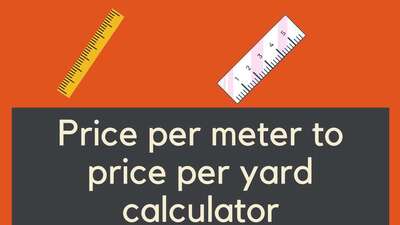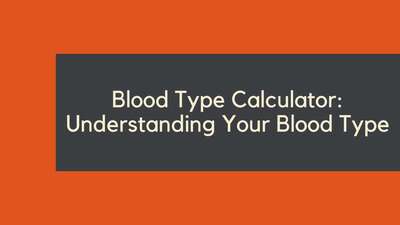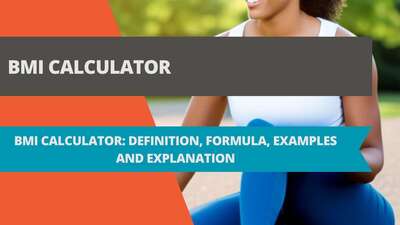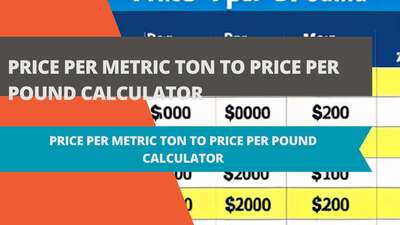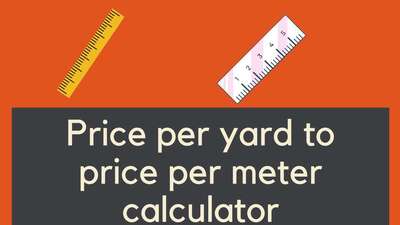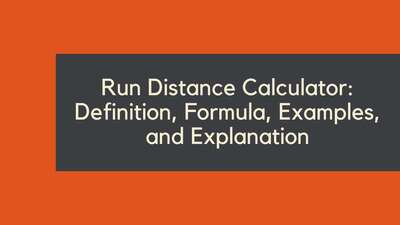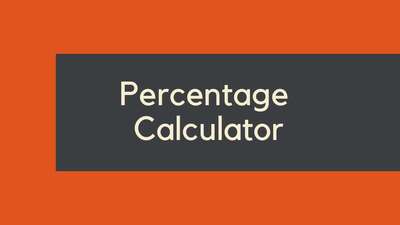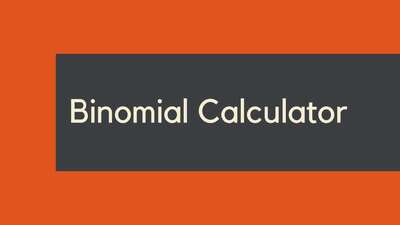Student Loan Payoff Calculator

- Definition of a Student Loan Payoff Calculator
- The Formula Used to Calculate Student Loan Payments
- Examples of How to Use a Student Loan Payoff Calculator
- Explanation of the Formula
- The Impact of Student Loans on Long-term Financial Goals
- The Role of Interest Capitalization in Increasing Debt
- Alternative Repayment Plans and Their Benefits
- The Potential for Student Loan Forgiveness
- Frequently Asked Questions about Student Loan Payoff Calculators
- What is the benefit of using a student loan payoff calculator?
- Are there any downsides to using a student loan payoff calculator?
- Can I use a student loan payoff calculator for private student loans?
- What are some additional strategies for paying off student loans?
- Conclusion
Student loans have become a common way for students to finance their education. However, the repayment of these loans can be a significant financial burden for graduates. With the increasing amount of debt that students are taking on, many graduates are looking for ways to pay off their student loans as quickly as possible.
Definition of a Student Loan Payoff Calculator
A student loan payoff calculator is an online tool that helps graduates determine the amount of money they need to pay each month to pay off their student loans within a specific period. The calculator takes into account the loan amount, interest rate, repayment term, and additional payments, and calculates the monthly payment needed to pay off the loan within the specified time frame. Using a student loan payoff calculator can help graduates develop a plan to pay off their student loans quickly and efficiently.
The Formula Used to Calculate Student Loan Payments
The formula used to calculate student loan payments is relatively straightforward. The formula takes into account the loan amount, interest rate, and repayment term. The formula is:
Monthly Payment = (Loan Amount * (Interest Rate/12)) / (1 - (1 + Interest Rate/12)^(Repayment Term * -12))
Where:
- Loan Amount - the total amount of the loan
- Interest Rate - the annual interest rate of the loan
- Repayment Term - the length of time the borrower has to repay the loan (in years)
Examples of How to Use a Student Loan Payoff Calculator
Let's say you have a student loan with a balance of $30,000, an interest rate of 5%, and a repayment term of 10 years. Using the formula above, your monthly payment would be:
Monthly Payment = ($30,000 * (5%/12)) / (1 - (1 + 5%/12)^(10 * -12)) = $318.44
So, in this example, you would need to pay $318.44 each month to pay off your student loan within 10 years.
Now, let's say you want to pay off your loan in five years instead of 10. Using the same loan balance and interest rate, your monthly payment would be:
Monthly Payment = ($30,000 * (5%/12)) / (1 - (1 + 5%/12)^(5 * -12)) = $566.14
So, in this example, you would need to pay $566.14 each month to pay off your student loan within five years.
Explanation of the Formula
The formula used to calculate student loan payments takes into account the loan amount, interest rate, and repayment term. The interest rate is divided by 12 to convert it to a monthly rate. The repayment term is then multiplied by -12 to convert it to the number of monthly payments. The formula then calculates the monthly payment needed to pay off the loan within the specified repayment term.
The Impact of Student Loans on Long-term Financial Goals
Introduction: Student loans, for many, are a necessary means to obtaining higher education. While they provide the opportunity to pursue degrees and higher-paying jobs, they also come with a set of challenges.
The Dual-Edge of Student Loans: On one hand, student loans make higher education accessible to those who might not otherwise be able to afford it. This investment can lead to lucrative careers and improved quality of life. However, on the other hand, the debt acquired can cast a long shadow over graduates' financial futures.
Challenges Faced by Graduates: Those burdened with student debt often find themselves facing significant hurdles when it comes to other life milestones. For instance, the dream of buying a house may be delayed due to the need to save for a down payment while simultaneously making loan payments. Similarly, entrepreneurial graduates may find it challenging to start a business when a significant portion of their income is pre-allocated to debt repayment. Furthermore, the imperative of saving for retirement might take a backseat as immediate financial obligations, primarily loan repayments, take precedence.
Financial Implications: The monthly installments required for student loan repayment can significantly diminish disposable income. This reduction can make it hard for individuals to save, invest, or even cover unexpected expenses, limiting their financial flexibility and growth.
Strategic Management: Fortunately, with informed decisions and strategic planning, graduates can navigate the complexities of student debt. By understanding the intricacies of their loans, interest rates, and repayment options, and by seeking advice from financial advisors, they can create a balanced approach. This approach not only addresses their current repayment obligations but also ensures that they remain on track with their long-term financial aspirations.
The Role of Interest Capitalization in Increasing Debt
Introduction: When navigating the world of student loans, borrowers often focus on principal amounts and monthly payments. However, there's a subtler mechanism at play that can have profound effects on the total amount owed: interest capitalization.
Defining Interest Capitalization: Interest capitalization refers to the process where unpaid interest is added to the loan's principal balance. Essentially, you're paying interest on the interest, a phenomenon that can quickly escalate the total debt if not carefully managed.
The Trap of Deferment and Income-Driven Repayment Plans: Borrowers who opt for deferment or income-driven repayment plans can be particularly susceptible to the effects of interest capitalization. In these scenarios, monthly payments might be reduced or even temporarily halted, but the interest continues to accrue. If not addressed, this accruing interest can be capitalized, increasing the principal amount on which future interest is calculated.
Compounding Implications: It's crucial to understand that when interest capitalizes, it doesn't just add to the debt; it compounds it. This means borrowers might find themselves paying interest on a gradually increasing principal amount, leading to a snowball effect where the debt grows at an accelerating rate over time.
Proactive Strategies: To mitigate the impact of interest capitalization, borrowers should be vigilant. Making efforts to pay down the accruing interest before it gets a chance to capitalize can be a game-changer. Even if it's not feasible to make full loan payments during periods of deferment, paying just the accruing interest can stave off capitalization and keep the loan's growth in check.
Alternative Repayment Plans and Their Benefits
Introduction: Navigating student loan repayment can be daunting for many graduates. However, understanding the diverse repayment options available can help borrowers better manage their debt and align their repayment strategy with their financial circumstances.
Income-Driven Repayment Plans: One of the most accommodating repayment options for borrowers with federal student loans is the income-driven repayment plan. Under these plans, monthly payments are determined based on a percentage of the borrower's discretionary income, rather than the loan amount. This ensures that repayments are proportionate to what a borrower can reasonably afford, preventing undue financial strain.
Graduated Repayment Plans: Graduated repayment plans are another viable option. With these, borrowers start with lower monthly payments that gradually increase over time, usually every two years. This method can be beneficial for those expecting their income to rise in the future, allowing them to adjust payments as their earning potential grows.
Extended Repayment Plans: For borrowers with a larger loan balance and the need for lower monthly payments over a more extended period, extended repayment plans can be the answer. These plans stretch the loan's duration, reducing monthly payments but increasing the repayment term.
Exploring and Assessing: It's imperative for borrowers to proactively explore these options and assess their benefits. Factors like current income, future earning potential, and personal financial goals should all play a role in determining the best repayment strategy.
The Potential for Student Loan Forgiveness
Introduction: Student loan forgiveness is a beacon of hope for many graduates burdened with debt. Through specific programs, borrowers may see a reduction or complete elimination of their student loan balances, provided they meet certain criteria.
Eligible Professions: A variety of professions and roles are often linked to loan forgiveness opportunities. Notably, teachers who work in low-income or underserved schools may be eligible for the Teacher Loan Forgiveness Program, potentially reducing a significant portion of their debt. Likewise, professionals in public service roles, including law enforcement, public health, and public library services, might qualify for the Public Service Loan Forgiveness Program after meeting the requisite number of qualifying payments.
Non-Profit Organizations: Those employed by non-profit organizations may also find relief. Full-time workers in qualifying non-profit organizations can potentially have their remaining loan balances forgiven after consistently making 120 qualifying payments under a qualifying repayment plan.
Research and Exploration: It's essential for graduates to be proactive in researching these opportunities. Many programs have stringent requirements or specific applications that need to be completed. Thoroughly understanding the eligibility criteria, application process, and the terms of the forgiveness can help borrowers take full advantage of these programs.
Frequently Asked Questions about Student Loan Payoff Calculators
What is the benefit of using a student loan payoff calculator?
Using a student loan payoff calculator can help graduates develop a plan to pay off their student loans quickly and efficiently. The calculator takes into account the loan amount, interest rate, repayment term, and additional payments, and calculates the monthly payment needed to pay off the loan within the specified time frame. This can help graduates understand how much they need to pay each month and how long it will take to pay off their loan. It can also help them save money on interest by paying off their loans faster.
Are there any downsides to using a student loan payoff calculator?
While student loan payoff calculators can be a useful tool, there are a few downsides to using them. The accuracy of the calculator depends on the accuracy of the information entered, such as the loan balance and interest rate. Additionally, the calculator may not take into account certain factors that could affect the loan repayment, such as changes in income or additional expenses. Therefore, it is important to use the calculator as a guide and to make adjustments to the repayment plan as necessary.
Can I use a student loan payoff calculator for private student loans?
Yes, student loan payoff calculators can be used for both federal and private student loans. However, the interest rates and repayment terms may differ between federal and private loans, so it is important to make sure that the calculator is set up correctly for the specific type of loan being repaid.
What are some additional strategies for paying off student loans?
While using a student loan payoff calculator is a helpful way to develop a repayment plan, there are also other strategies that can help graduates pay off their student loans faster. One strategy is to make extra payments whenever possible, such as using bonuses or tax refunds to make additional payments. Graduates can also consider refinancing their loans to a lower interest rate or consolidating multiple loans into one loan to simplify the repayment process. Another strategy is to consider enrolling in an income-driven repayment plan, which adjusts the monthly payment based on the borrower's income and family size.
Conclusion
A student loan payoff calculator is a useful tool for graduates who want to develop a plan to pay off their student loans quickly and efficiently. By taking into account the loan amount, interest rate, repayment term, and additional payments, a student loan payoff calculator can help graduates understand how much they need to pay each month and how long it will take to pay off their loan. However, it is important to use the calculator as a guide and to make adjustments to the repayment plan as necessary. Graduates can also consider additional strategies for paying off their student loans, such as making extra payments or refinancing their loans to a lower interest rate.
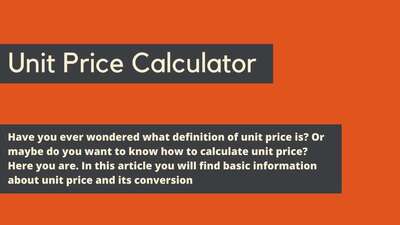
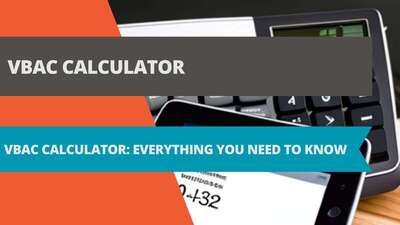

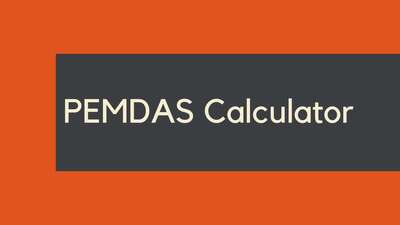

![Car Loan Calculator: Definition, Formula, Examples, and FAQs [2023 Guide]](/images/page/400/car-loan-calculator-13.jpg)
